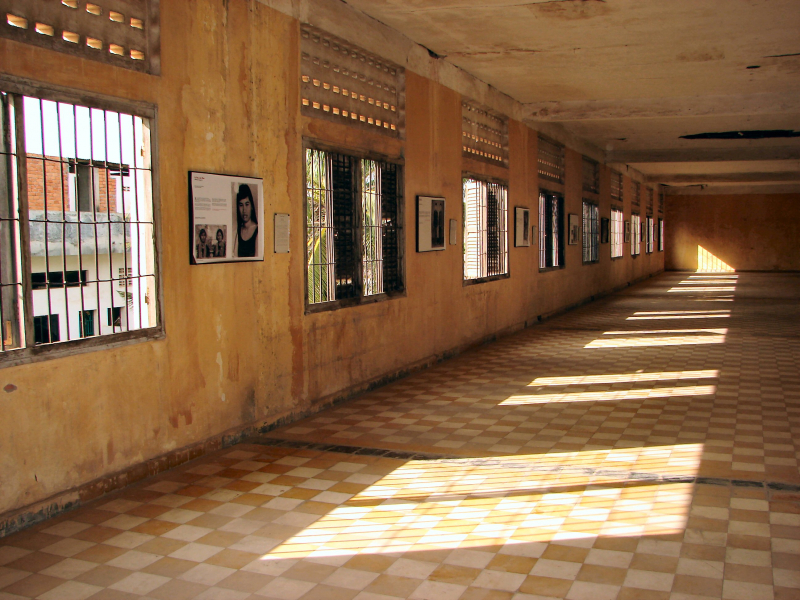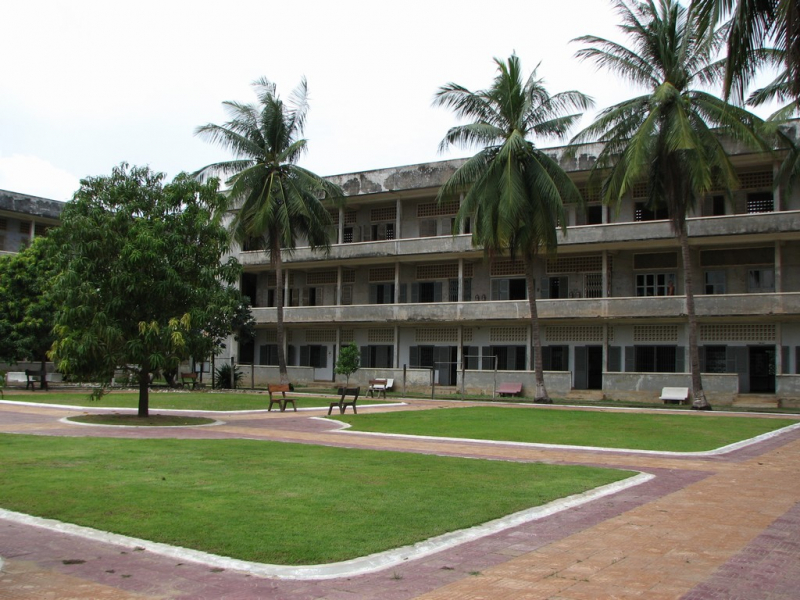Tuol Sleng Genocide Museum
Tuol Sleng Genocide Museum in Phnom Penh, Cambodia's capital city, was a renowned prison under the Khmer Rouge and is now a museum. Its name means 'Hill of Poisonous Trees.' The Tuol Sleng Genocide Museum was once a high school before being repurposed into Prison S-21 by the Khmer Rouge.
The Khmer Rouge was a Cambodian communist party faction led by Pol Pot that ruled from 1975 until 1979. They launched a mass genocide campaign that resulted in the deaths of over two million people in just four years.
While the majority of the victims were sent to the Killing Fields to be slain, the Tuol Sleng Genocide Museum was also a key location in the horrors. Over 17,000 people were deported to Prison S-21, where they were made to work and tortured.
S-21 was designed to detain captives before being sent to the Killing Fields, but many died of famine, disease, and abuse before reaching their destination. The invading Vietnamese discovered the prison in 1979, and it was reopened as a museum in 1980.
The Tuol Sleng Genocide Museum allows visitors to see the building in a same state as it was when the Khmer Rouge regime fell, with signs of the torture visible everywhere. A dramatic collection of victims' images – shot as they arrived at the prison – as well as many of their testimonies can be seen in the Tuol Sleng Genocide Museum. At the location, guided excursions can be organized.
Location: Phnom Penh, Cambodia










